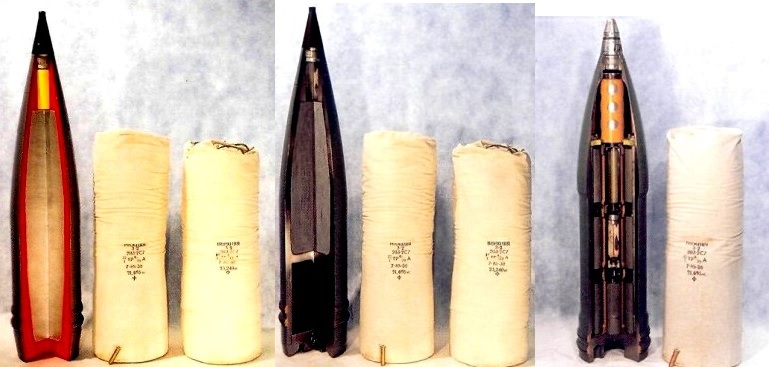Michael Smallwood
A press release from the Ukrainian Ministry of Defence details the military’s restoration of multiple 2S7 Pion (Пион; ‘peony’) self-propelled artillery systems which have been in storage for over 10 years. The video below shows a Ukrainian military-led team in Rivne working on a 2S7.
Interviewed in the video above, Colonel Vadim Rudnitsky suggests that the Pion, capable of firing up to 47.5 km with rocket-assisted projectiles, could be employed against separatist targets violating clauses outlined in a follow-up memorandum to the Minsk agreement whilst remaining outside of the proposed 30k m buffer zone near Donetsk.
Ukraine is believed to have close to 100 2S7 systems in its arsenal, though it is unclear how many are operational or suitable for refurbishment. With a 203 mm gun, the 2S7 is the largest calibre gun amongst self-propelled artillery systems documented in the Ukrainian conflict. Able to carry 4 rounds, the 2S7 Pion is capable of firing 1.5 rounds per minute, and is typically supported by other vehicles to carry additional ammunition. The modernised version of the 2S7, designated the 2S7M, upgraded ammunition storage to 8 rounds, as well as fitting more sophisticated communications equipment.
The 2S7 fires 3OF43 (3ОФ43) high-explosive (HE) projectiles with a warhead carrying 17.8 kg explosives at a range of up to 37.4 km. Amongst others 203 mm projectiles available for the 2S7 system are rocket-assisted 3OF44 (3ОФ44) HE projectiles, with a maximum range of 47.5 km, and 3-О-14 cargo projectiles, carrying 24 individual fragmentation submunitions.

The 203 mm 3OF43 high-explosive (left), 3OF44 rocket-assisted high-explosive (centre), and 3-O-14 cargo* projectiles (right).
Other self-propelled artillery systems seen in the conflict include the 2S1, 2S3, 2S5, 2S9 and 2S19, as detailed in ARES latest Research Report, ‘Raising Red Flags: An Examination of Arms & Munitions in the Ongoing Conflict in Ukraine, 2014’.
A note on projectile designations: When dealing with the projectiles of the Soviet Union/Russia (and several other former Eastern Bloc countries), the ‘V’ in the designation stands for ‘vystrel‘, or ’round’, referring to both the projectile, and the propellant (or in some cases expelling) charge. Hence ‘3OF43’ refers specifically to the HE projectile alone, whilst ‘3VOF34’ refers to the round in its entirety (whether assembled or not).
Some information from Weapons of Russia: Modern Self-Propelled Artillery by A.V. Karpenko. Header image from YouTube video above. Additional images from Armyman.info
* The 3-O-14 is pictured with a reduced charge in the 3VO16 rather than 3VO15 configuration.

